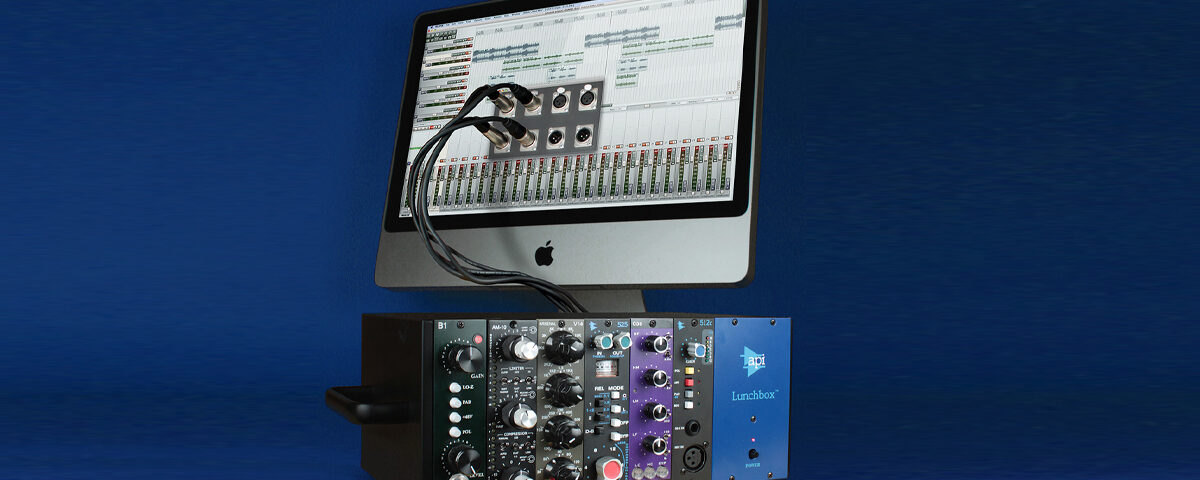Recording Software and Hardware – An In-Depth Exploration
Recording software and hardware play a pivotal role in the music and audio production industry. These tools are the backbone of capturing, editing, and producing high-quality audio content. From digital audio workstations (DAWs) to audio interfaces, microphone preamps, and various recording equipment, this article will delve into the world of recording software and hardware, exploring their functionalities, advancements, and their impact on the audio recording process.
- Digital Audio Workstations (DAWs): At the heart of any recording setup is the digital audio workstation (DAW). DAWs are powerful software applications that enable recording, editing, mixing, and mastering of audio tracks. They provide a comprehensive range of tools, including multitrack recording, virtual instruments, audio effects, and automation capabilities. Popular DAWs like Pro Tools, Logic Pro, Ableton Live, and FL Studio have revolutionized the music production landscape, making professional-quality recording accessible to musicians, producers, and sound engineers.
- Audio Interfaces: Audio interfaces act as the bridge between analog and digital realms, facilitating the conversion of audio signals into a format that can be processed by the computer. They typically feature microphone preamps, line inputs/outputs, headphone outputs, and often MIDI connectivity. Modern audio interfaces offer high-resolution audio, low-latency performance, and multiple input/output options. They are available in various configurations, catering to different recording needs, from portable USB interfaces for solo musicians to rack-mounted units for professional studios.
- Microphone Preamps: Microphone preamps are essential components of any recording chain. They amplify the low-level signals from microphones, bringing them to a level suitable for further processing. Preamps play a crucial role in capturing clean, transparent audio recordings with minimal noise and distortion. Some audio interfaces have built-in preamps, but dedicated external preamps are often preferred for their superior sound quality and additional features like adjustable gain, phantom power, and impedance matching.
- Recording Equipment: Beyond the core components mentioned above, several other recording equipment enhances the recording process. These include microphones, headphones, studio monitors, signal processors, and acoustic treatment. Each of these components contributes to the overall sound capture, monitoring, and audio processing, ensuring accurate and reliable results. High-quality microphones capture the nuances of sound, while accurate studio monitors and headphones allow for precise monitoring and mixing decisions. Signal processors like compressors, equalizers, and reverbs shape the recorded audio, adding depth, clarity, and character.
- Advancements and Future Trends: The field of recording software and hardware has witnessed remarkable advancements over the years. DAWs have become more intuitive, feature-rich, and integrated with cloud-based collaboration tools. Audio interfaces now offer faster connectivity options like Thunderbolt and USB-C, along with improved preamps and conversion technology. Microphone preamps have evolved with higher fidelity, extended dynamic range, and digitally-controlled parameters. Additionally, emerging technologies like artificial intelligence and virtual reality are making their way into the recording process, enabling new creative possibilities.
Summary
Recording software and hardware are the backbone of modern audio production, facilitating the capture, editing, and processing of high-quality audio. The combination of powerful DAWs, versatile audio interfaces, transparent preamps, and quality recording equipment empowers musicians, producers, and sound engineers to bring their artistic visions to life. As technology continues to evolve, we can anticipate further advancements, opening up new frontiers in the world of recording and pushing the boundaries of audio creativity. Whether in professional studios or home setups, recording software and hardware will continue to play a pivotal role in shaping the sound of our music and audio content.

